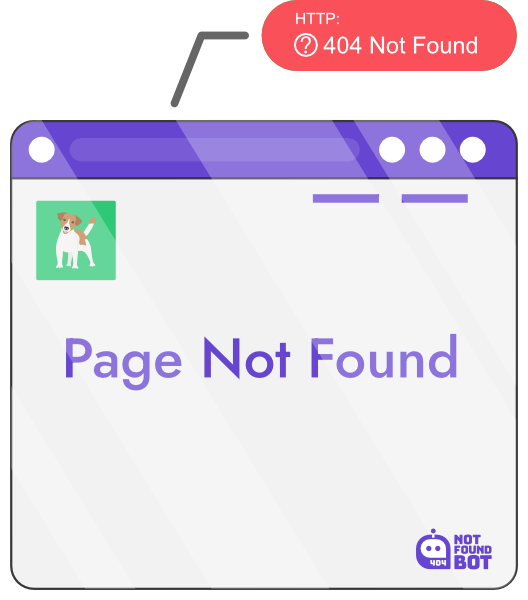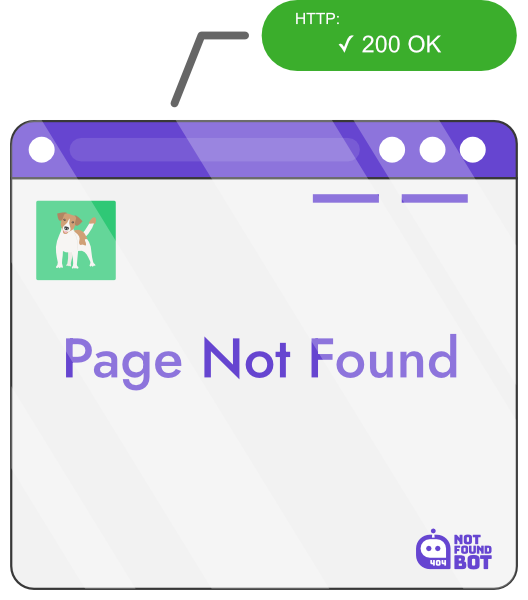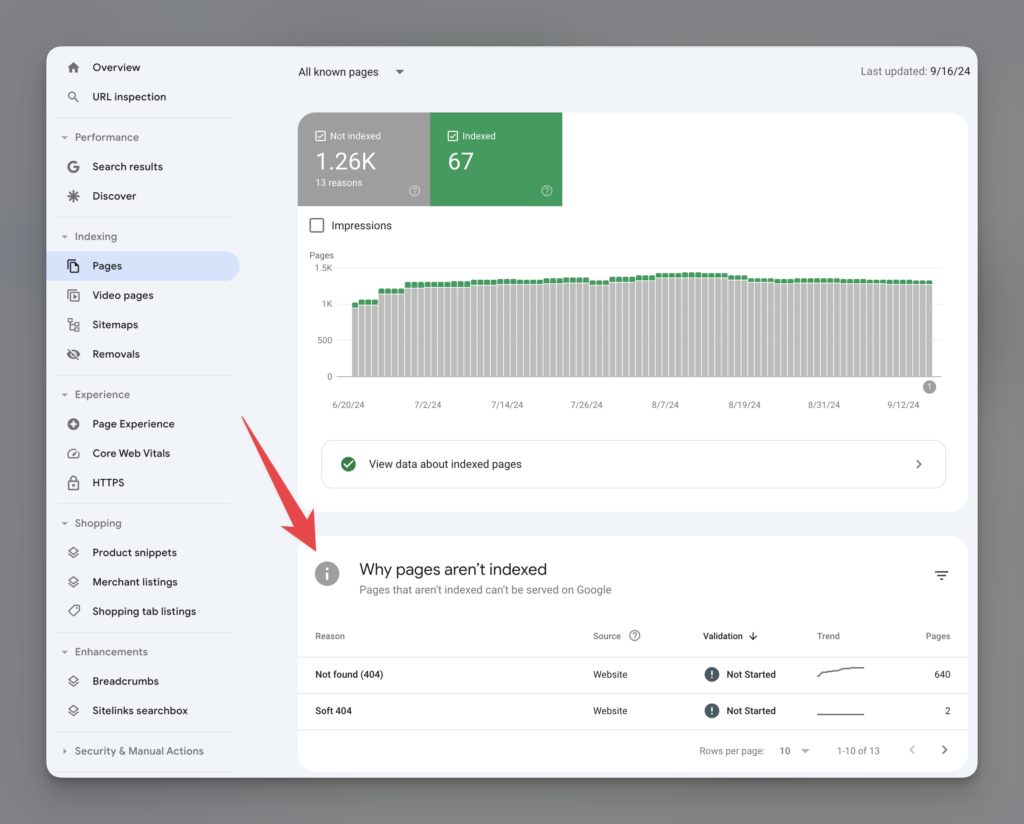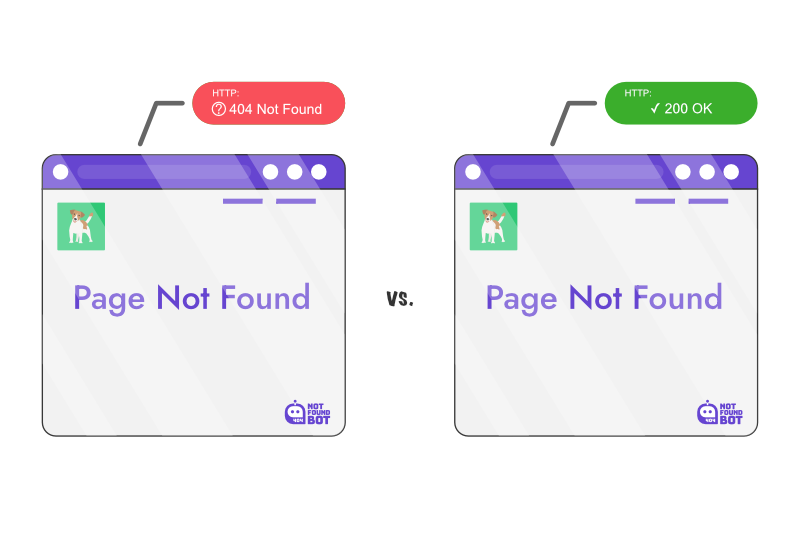When running an ecommerce website, nothing is more frustrating for both site owners and visitors than hitting a “404 Error.” These errors disrupt the user experience, causing lost sales, dissatisfied customers, and missed opportunities. But not all 404 errors are created equal. Some fall under the category of “hard 404,” while others are classified as “soft 404.” Understanding the difference between these two can help you not only improve the performance of your website but also address user frustrations before they lead to high bounce rates and lost revenue.
In this post, we dive into the differences between hard and soft 404 errors, how they affect your site, and what steps you can take to fix them.
What is a 404 Error?
A 404 error is an HTTP status code indicating that the server could not find the requested webpage. In simpler terms, when a visitor tries to access a specific page, and that page doesn’t exist or can’t be found, the server returns a 404 error to notify the user that something is wrong.
Typically, a 404 error means that the URL a visitor tried to access is either broken, mistyped, or no longer available. While frustrating, these errors happen more often than you think and probably have a far greater impact than you know. In fact, 74% of ecommerce visitors who land on a 404 page give up and leave the site, never to return again.
What is a Hard 404 Error?
A hard 404 error occurs when a page genuinely doesn’t exist on your website, and the server returns a HTTP status “404 Not Found” response. This is the standard or “true” form of a 404 error, indicating that the page is permanently missing or has been removed from the server entirely.
Hard 404s are straightforward to recognize and are typically returned for URLs that:
- Have been deleted permanently
- Have been mistyped by the visitor
- Never existed in the first place
In these cases, no redirection happens, and the visitor sees a 404 error page. As a site owner, this can lead to lost traffic, missed opportunities, and in the case of ecommerce, abandoned purchases.

What is a Soft 404 Error?
A soft 404 error is a bit more complicated. Instead of the server returning a proper “404 Not Found” response when a page doesn’t exist, it returns a HTTP 200 OK status code (suggesting that the page exists), but the content (or content in a section of the page) is irrelevant or simply states that the page was not found. A soft 404 error is interpreted by search engines, and yes, they do make mistakes sometimes falsely identifying a page as a soft 404 that should not be.
A common place that you see soft 404 errors is when a website loads page components – and one or more of those components don’t load properly – but instead displays content that is meaningless or perhaps even say something like “not found”. Most modern content management systems do a good job of avoiding this issue. But you could imagine a Collections page that displays some of your products, and if one of those products gets deleted, but the Collections page is hard coded to return the deleted product it might result in Google or other search engines thinking it’s a soft 404 error.
Google Search Console flags these types of errors as “soft 404s” because they deliver a poor user experience and confuse search engines into believing that the content exists when it *usually* does not.

As an aside, our own website gets pages wrongly flagged by Google as soft 404’s all the time, because we have a lot of pages with limited or thin content that have “not found” on them 👎🏻. Take this page for example, who doesn’t want a pair of “mate not found” socks that Google thinks is a soft 404. 🧦
The Difference Between Hard and Soft 404 Errors
So, hard 404 errors versus soft 404 errors. The primary difference between hard and soft 404 errors lies in the response code and user experience.
- Hard 404: The server responds with a 404 status code indicating that the page does not exist.
- Soft 404: The server responds with a 200 OK status code, but the page or components of the page does not provide useful content or is irrelevant to the user’s intent.
While both types of errors can frustrate users, soft 404s are especially problematic because they mislead search engines. Google Search Console highlights both “Not Found (404)” and “Soft 404” issues because these errors can affect your site’s SEO performance.
Soft 404 errors can lead to content being indexed incorrectly or not at all, as Google may think the page exists but provides no value. Hard 404s, on the other hand, simply indicate that a page is missing, allowing search engines to drop the page from their index naturally.
Google Search Console and 404 Errors
Google Search Console plays a key role in identifying and differentiating between hard and soft 404 errors. In Pages > “Why pages aren’t indexed” section, the tool specifically highlights two issues:
- Not Found (404): Indicates that a page is missing, which is a typical hard 404 error.
- Soft 404: Indicates that a page is served with a 200 OK status, but the content does not provide value or is irrelevant.

Both types of errors can cause issues with indexing, user experience, and your site’s performance in search results. Fixing these errors is crucial to ensuring your site remains SEO-friendly and your users have a seamless experience.
How to Fix Hard 404 Errors
Addressing and fixing hard 404 errors is often straightforward:
- Check for Broken Links: Use a tool like Google Search Console or a site audit tool to identify any broken links or URLs that no longer exist. If internal or external links are pointing to a nonexistent page, update them to point to relevant content.
- Create Redirects: If a page has been deleted or moved, create a 301 redirect to guide users to the most relevant existing page. This way, users who try to access the old URL are automatically sent to a functioning page instead of a 404 error page.
- Restore Deleted Pages: If a page was deleted by mistake, restore it with the relevant content to regain its place in search engine rankings.
- Design a Helpful 404 Page: For pages that no longer exist, design a custom 404 page that helps guide users back to relevant content. NotFoundBot can help with this by analyzing user behavior and providing auto-redirects based on the visitor’s intent.
How to Fix Soft 404 Errors
Fixing soft 404 errors requires a bit more effort since the server is responding incorrectly:
- Return a Proper 404 Status Code: If a page no longer exists and there is no relevant content to replace it, make sure the server returns a proper 404 status code instead of a 200 OK.
- Create Relevant Redirects: If the page no longer exists but you have similar content available, create a 301 redirect to point users to the right page. Ensure that the new page offers value similar to what users were originally looking for.
- Update Thin or Irrelevant Content: In some cases, a page may be flagged as a soft 404 because the content is too thin. If a product is no longer available, consider updating the page with similar items, relevant categories, or alternative options.
- Use AI-Powered Solutions: Solutions like NotFoundBot provide assisted redirects that help guide users to similar products or pages when the exact page they’re looking for isn’t available. This minimizes the chances of users leaving your site out of frustration.
Conclusion
Both hard and soft 404 errors can cause significant issues for your ecommerce site, from frustrating users to harming your search engine performance. While hard 404s are easier to identify and fix, soft 404s require a more nuanced approach to ensure that both users and search engines understand when content is no longer available.
By regularly monitoring your site for these errors and using tools like Google Search Console, you can catch and fix 404 issues before they cause lasting harm. For ecommerce businesses, solutions like NotFoundBot offer powerful AI-driven tools to help mitigate these errors, retain visitors, and ultimately convert them into sales.
